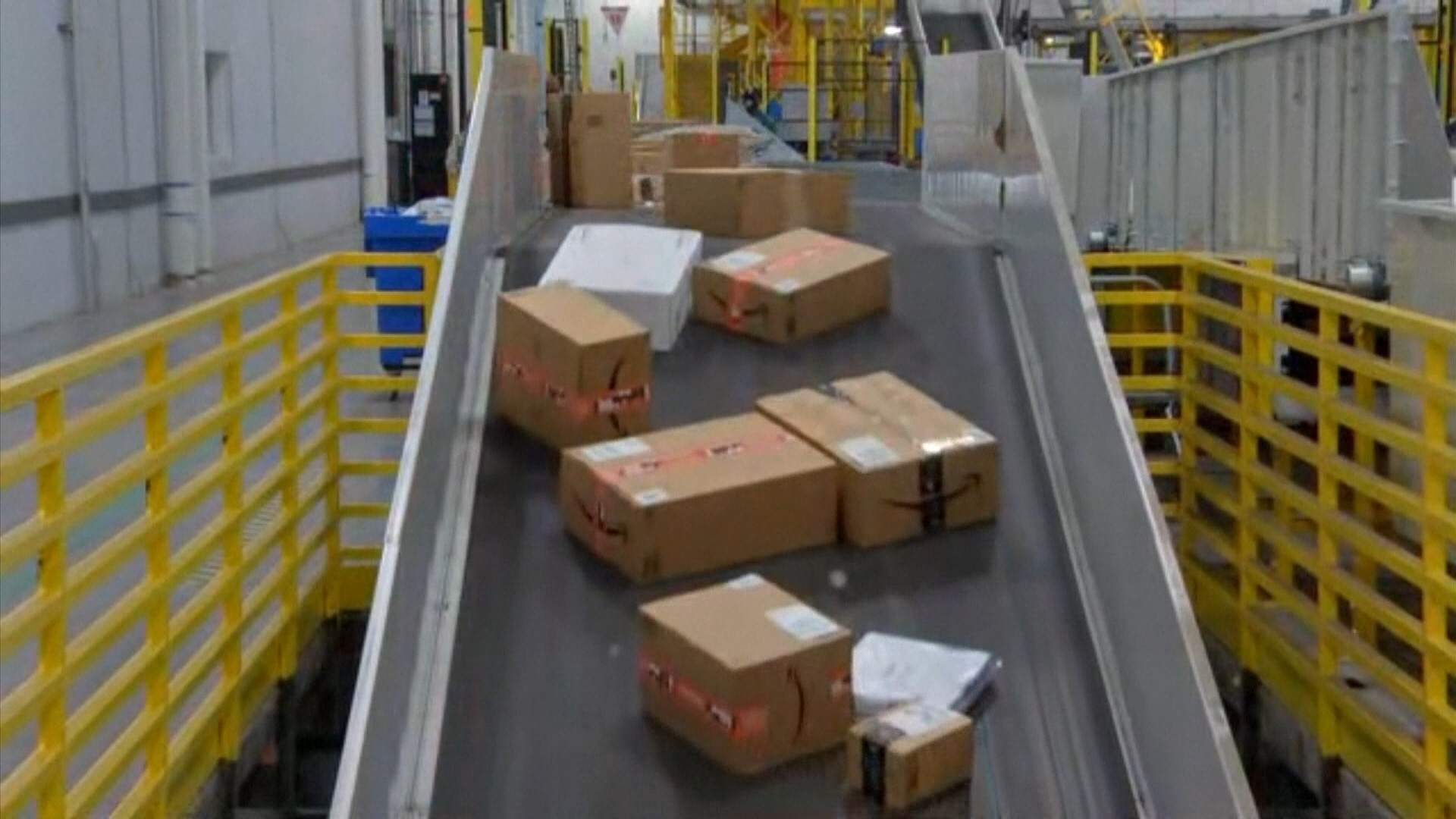MIDLAND, Texas — From nail salons, to factories and restaurants, both consumers and producers have been affected by the supply chain shortage since the start of the pandemic last year.
Doug Johnson, a business professor at Midland College, explained the process for products to get from producers to consumers.
“We have a producer that produces products, now their end goal is to get it to the consumer, but there are steps along the way to get it to those," Johnson said.
The product must first go from the producer to the agent, then the wholesaler, the retailer and finally the consumer. With much-needed suppliers being disrupted in between, then more suppliers are needed.
"They look for alternate suppliers, anytime a company puts all its produced products in the hands of one or two chains of ownership, then you’re limiting your choices," Johnson said. "If you want to decrease the risk of supply disruptions, get as many suppliers as you can."
When products do finally make it to shelves or in businesses, consumers tend to buy too much of everything too fast.
"The things that we buy are not available, so we start panicking as consumers and we start shopping other places, and we are willing to pay higher prices," Johnson said. "Because we can’t get what we want with the current prices we want to spend."
Consumers are then forced to buy what they need at an even higher cost than before, which is something that puts even more pressure on consumers.
"If the supplies we need to generate sales is disrupted, the prices are going to rise because we have a supply shortage, the demand is still there," Johnson said. "Consumers still want it. We are willing to pay higher prices, and that’s what we're going to do."
Now the question lies, when, if ever, will we see things return back to normal.
"Yes we will get back to normal, when it will be, I don’t know," Johnson said. "But I suspect next year we will see things different than they are now."

